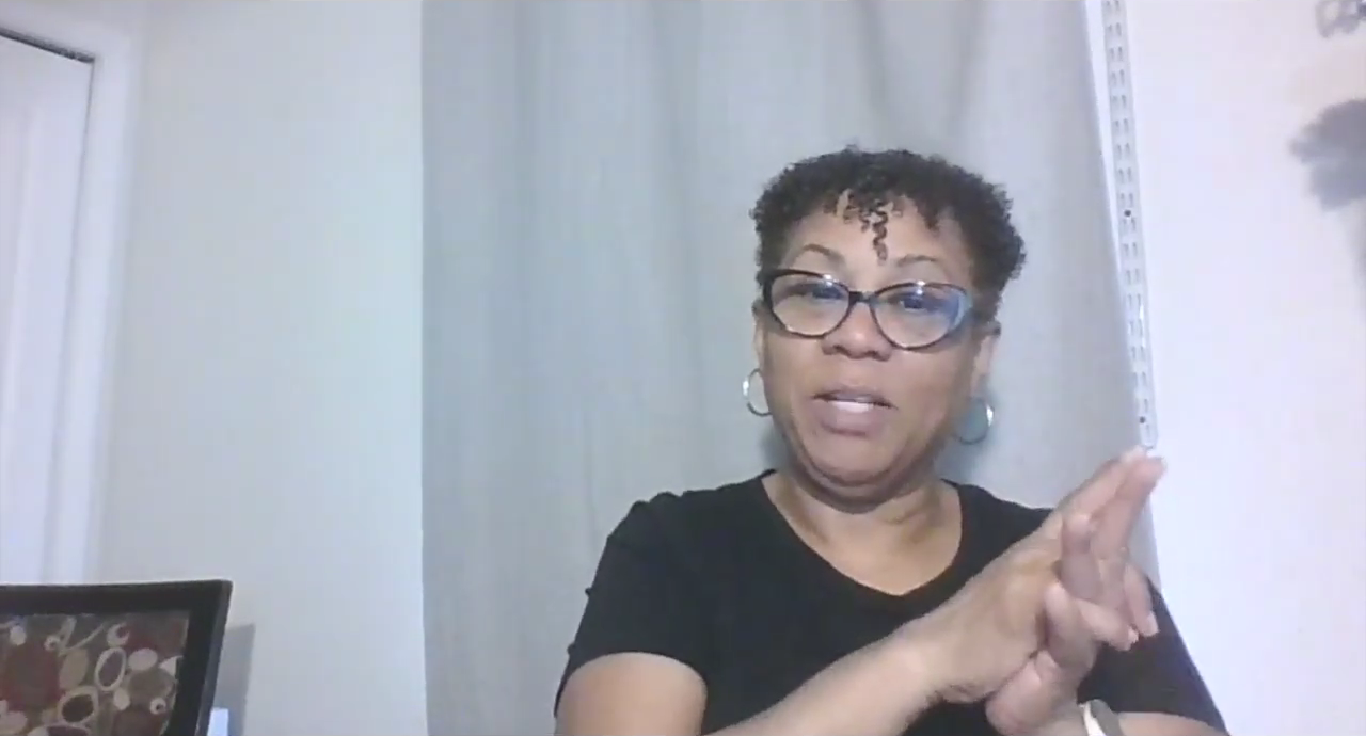Temptation – Can I Borrow from My Own Accounts for Inventory?
Guest Post by Cyndi Thomason of bookskeep
Recently, I was contacted by an ecommerce seller who had read my book and implemented Profit First. They wanted my opinion about using their Sales Tax and/or Profit Account for purchasing inventory in preparation for Q4. They pointed out that it is cheaper to use this money that is sitting idly in their bank accounts because the money is available to them at no cost, as compared to using their line of credit which will cost them the interest expense. This is tempting! But the issues are not as clear-cut as initially presented. In fact, they point to some potential problems with the implementation of Profit First in the business.
The Sales Tax Account is very clear-cut when viewed under the Profit First lens. The rule is: This is not your money. It is money collected by you that belongs to the government. If you use that money, you are using government money to prop up your business until the bill comes due from the government. It is a bad practice. Simply put, it means your business needs a handout to perform at the level you desire.
There is one caveat to this very firm rule. If you have been using a percentage to allocate sales tax, it may be “off” from the actual amount needed to pay the taxes. This is a good time to “true up.” Run your reports for sales tax due for the states where you file. You can pull this from Amazon or use a service like TaxJar. Compare what you owe with the amount in your bank account. If your balance is significantly greater than the amount due, then those excess funds can be directed to another use. And, you can evaluate your percentage and reduce it to be more aligned with the amount you owe.
Borrowing from the Profit Account is another more complicated piece to the puzzle. First, it is a strict “no-no” to borrow from the profit account. If a business needs more funds for inventory, then perhaps the allocation to the profit account was initially set too high. Ideally, you want to be setting funds aside for Q4, or whatever seasonal selling cycle you experience. If you reach that point in the year and are short on funds for inventory, then you have not adequately prepared.
One strategy is to set extra funds aside in a new product or expansion plan account. This will ensure those funds are earmarked for their specific purpose. If you find that this reduces your profit account percentage, don’t be discouraged. You are truly getting a handle on what is needed to grow your business. You need to renew your focus on profit and heed what your profit assessment is telling you. Do you need more gross profit; is your pricing right? Are you spending too much on product costs or shipping? Are you spending too much in OPEX? The point is that Profit First gives you a clear picture of where your cash goes so you can focus your attention in the right direction.
When you first implement Profit First in your business, it’s easy to overlook all the complexities like inventory seasonality and income seasonality when you complete your profit assessment. Oftentimes, I hear from readers that they take the benchmark percentages that Mike Michalowicz developed in the original Profit First and use them from Day 1 of their installation. As they work through the seasons during the year, they find that those numbers don’t quite work yet. This is not a reason to abort the process, it’s a reason to double down and perhaps slow the process while you get a handle on the true flow of cash in your business.

Cyndi Thomason is the author of the bestselling book, Profit First for Ecommerce Sellers. She is a Mastery Level Certified Profit First Professional, and the founder and president of bookskeep. Her company consists of a virtual team located across the United States, providing bookkeeping and Profit First consulting services to ecommerce clients all over the world.
Connect with Cyndi on Social Media:
Facebook: https://www.facebook.com/bookskeep/
LinkedIn: https://www.linkedin.com/company/bookskeep/
Twitter: https://twitter.com/bookskeep
Try InventoryLab Today
30 Day Free Trial
Save time and money by streamlining your Amazon business. Source, List, Ship, and Analyze all in one place.
Get Started
Comments(0)